|
We’re wrapping up a series on blood sugar. Seriously you guys, this topic is so important. And now more than ever. The mainstream media isn’t great about sharing the data that researchers are finding on the relationship with COVID moralities and metabolic syndrome, but it’s incredibly frightening!!! The Lancet recently published some data from a study they performed in England looking at the relationship between COVID deaths and diabetes. They found that type 1 and type 2 diabetes were both independently associated with a significant increased odds of in-hospital death with COVID-19. Obviously all of this data is new, but the relationship between metabolic syndrome and pretty much every other disease is NOT new. The Journal of the American Medical Association published in 2004 (a long time ago!) that the presence of the metabolic syndrome was associated with a 1.4-fold increase in the risk of all-cause mortality for both men and women, and with a 2.3-fold increase in the risk of cardiovascular disease mortality for men and 2.8-fold for women. Metabolic syndrome is a series of conditions that increase the risk of heart disease, stroke, and diabetes. Those conditions include high blood pressure, high blood sugar, excess body fat around the waist, and abnormal cholesterol levels. So obviously we need to be mindful of ALL of those conditions, but blood sugar is one that can affect EVERYONE (including lean athletes) regardless of their age and sex and often times people have no idea they have pre-diabetes. Pre-diabetes and type 2 diabetes can both be reversed pretty easily with more mindfulness around diet and lifestyle. So if you haven’t read the last 3 posts on the diet portion of how to balance your blood sugar, start there. If you have, and you’ve dialed in your diet but your blood sugar is still high, you’re in luck. Because that is exactly what we’re talking about this week! In private practice, I have yet to find a client with high blood sugar who only has to adjust their diet to get back into normal blood sugar ranges! Usually, there are lifestyle factors that also need to be adjusted. So let’s dive into what those are...
|
AuthorTiana Rockwell is a certified nutritional therapist, avid endurance athlete and dark chocolate lover. She believes that by eating REAL food, we can balance our body and reach optimal health and wellness! Archives
May 2022
Categories
All
|

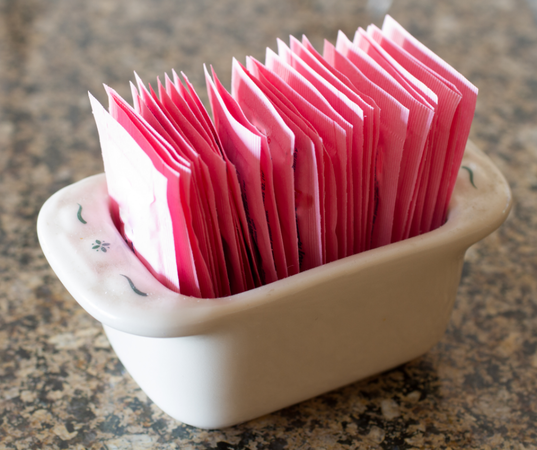



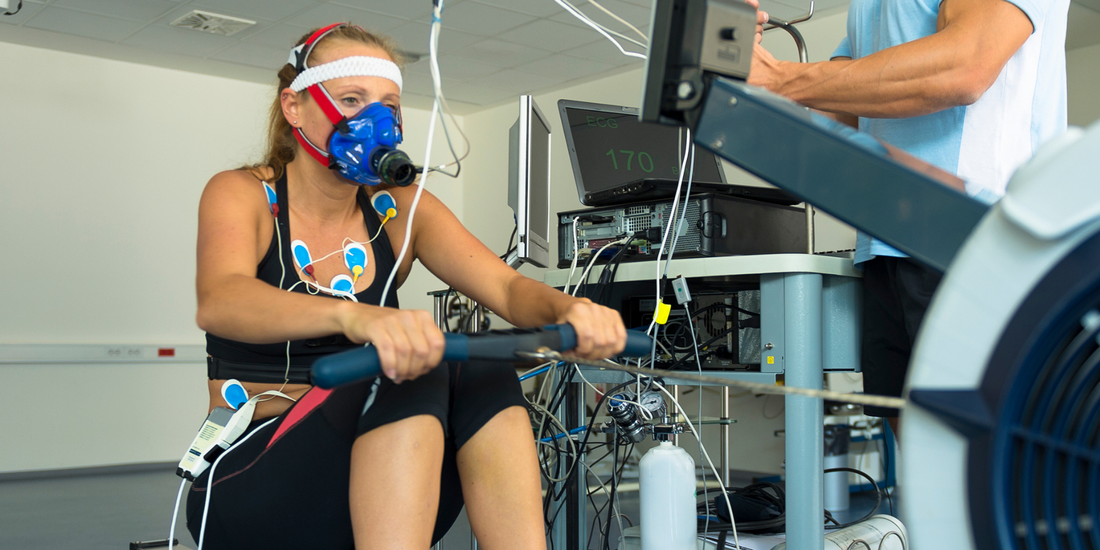
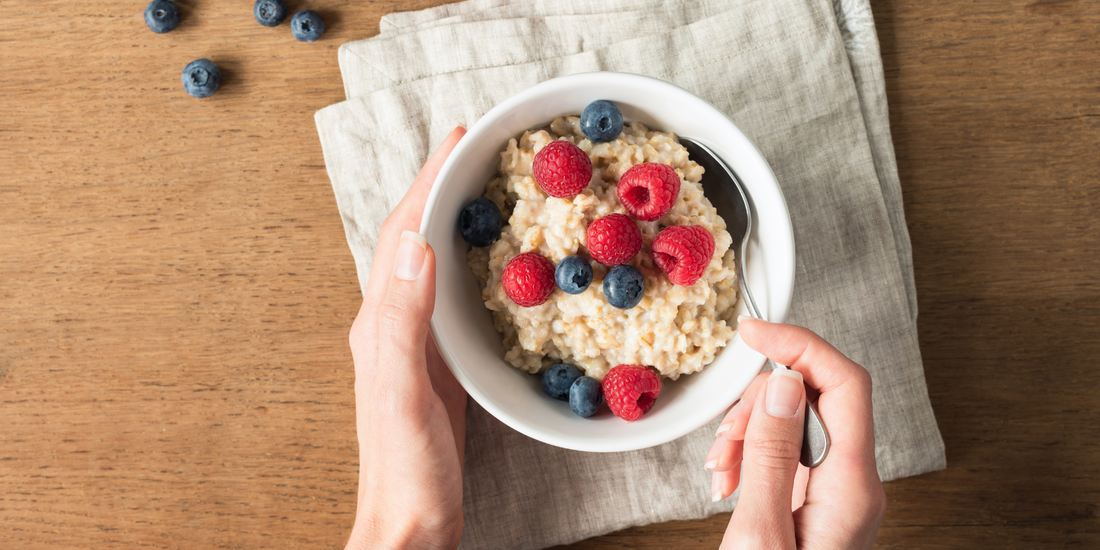
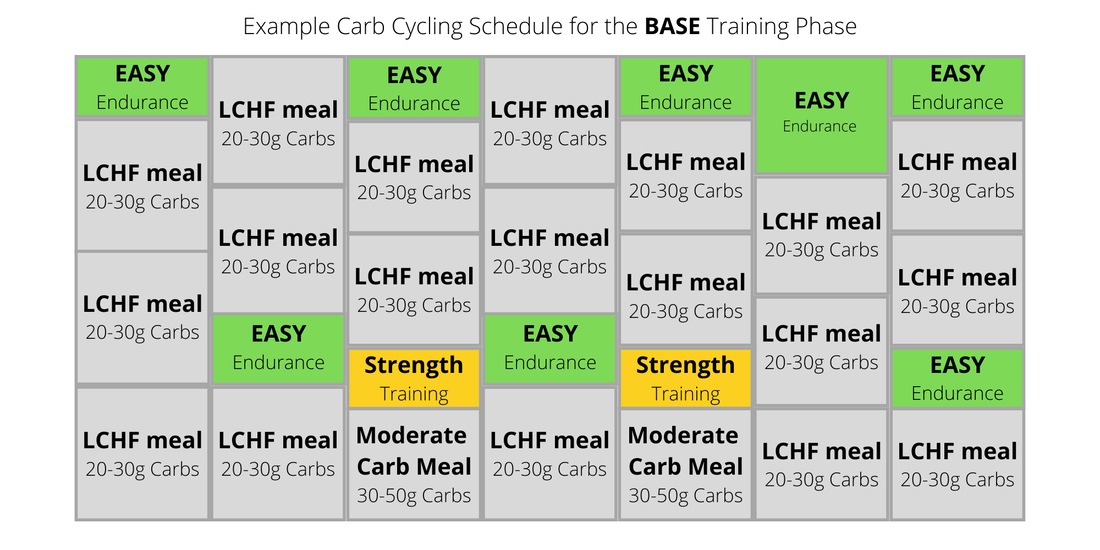
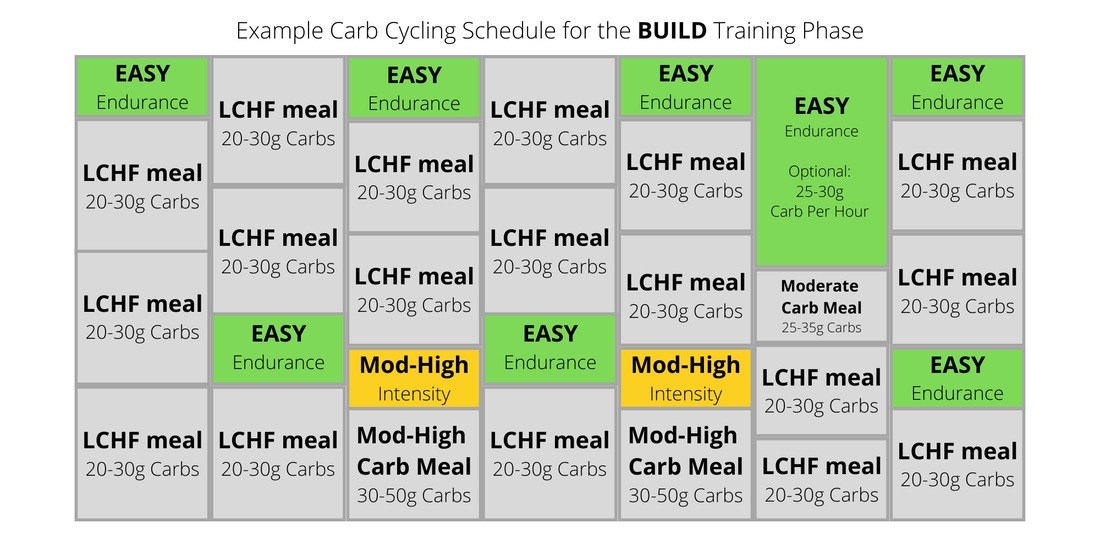
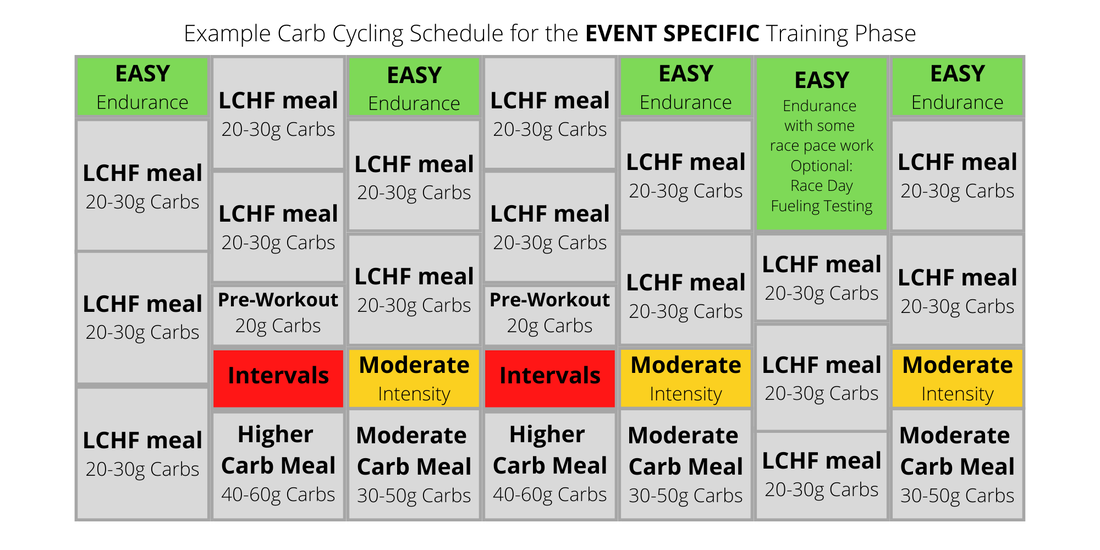
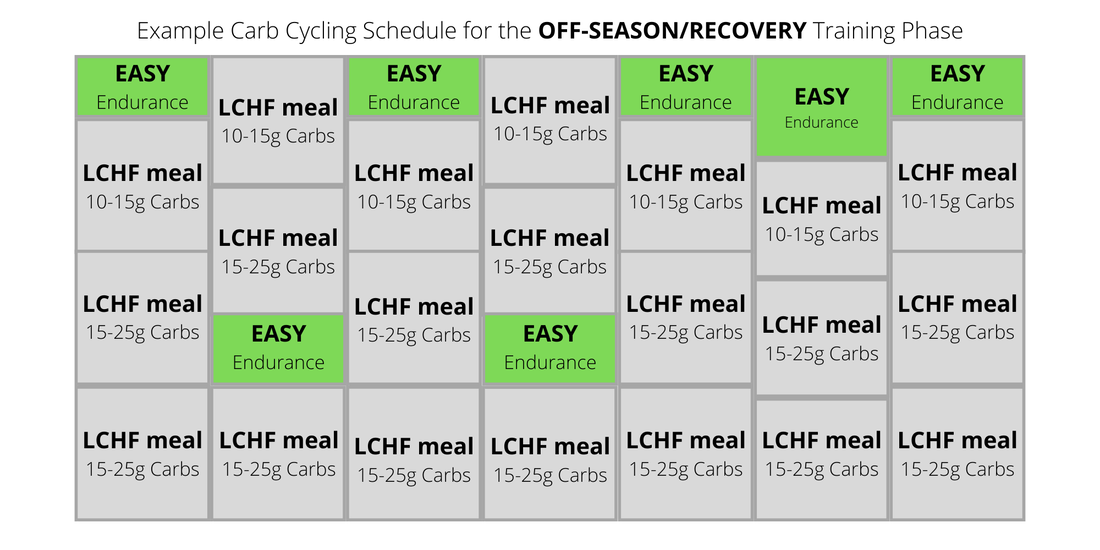

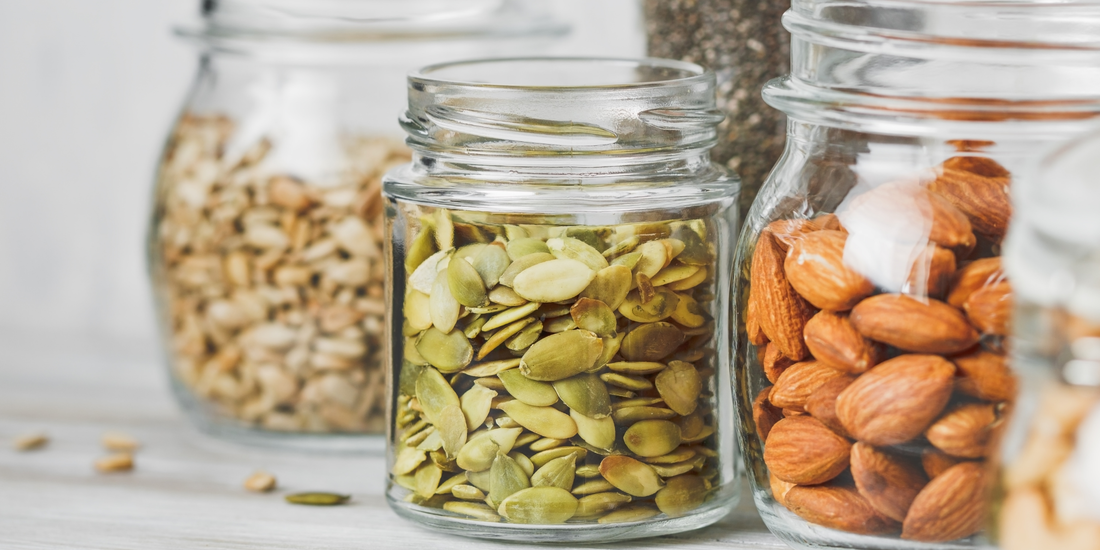
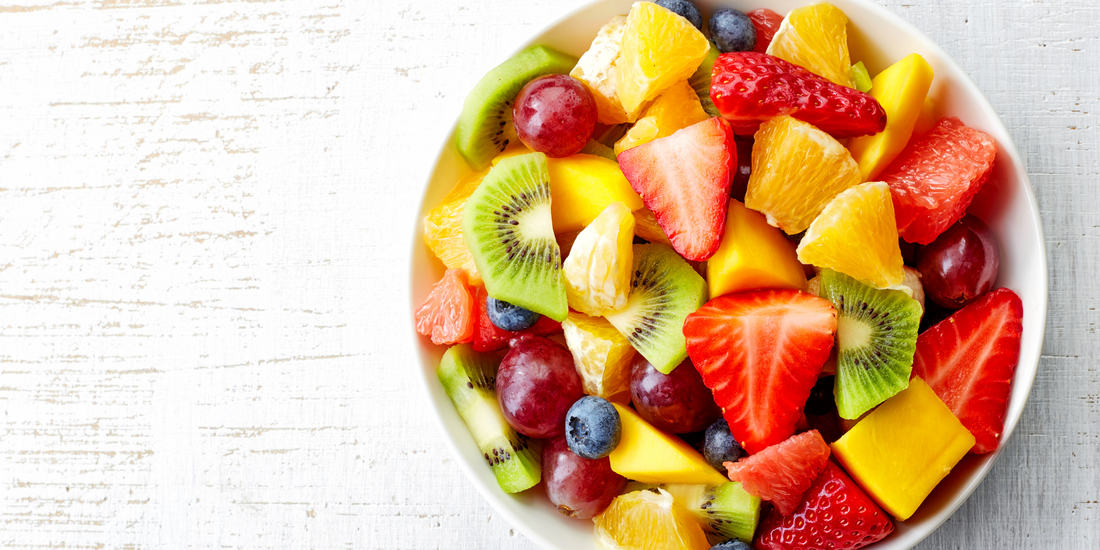

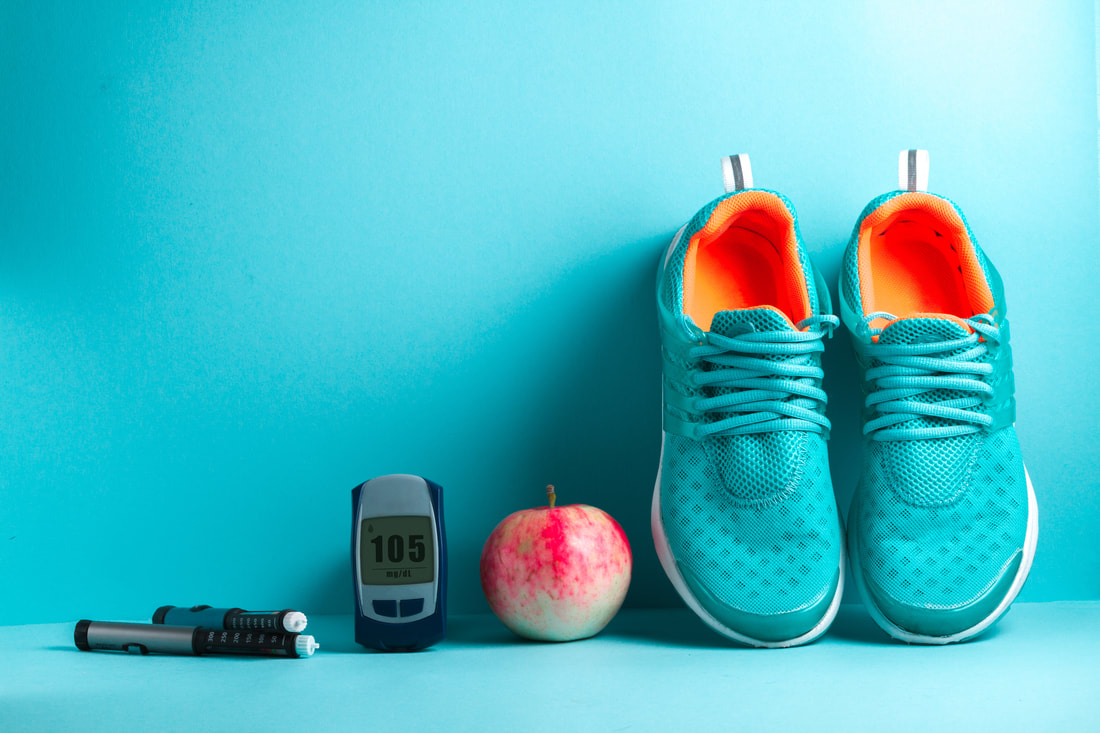
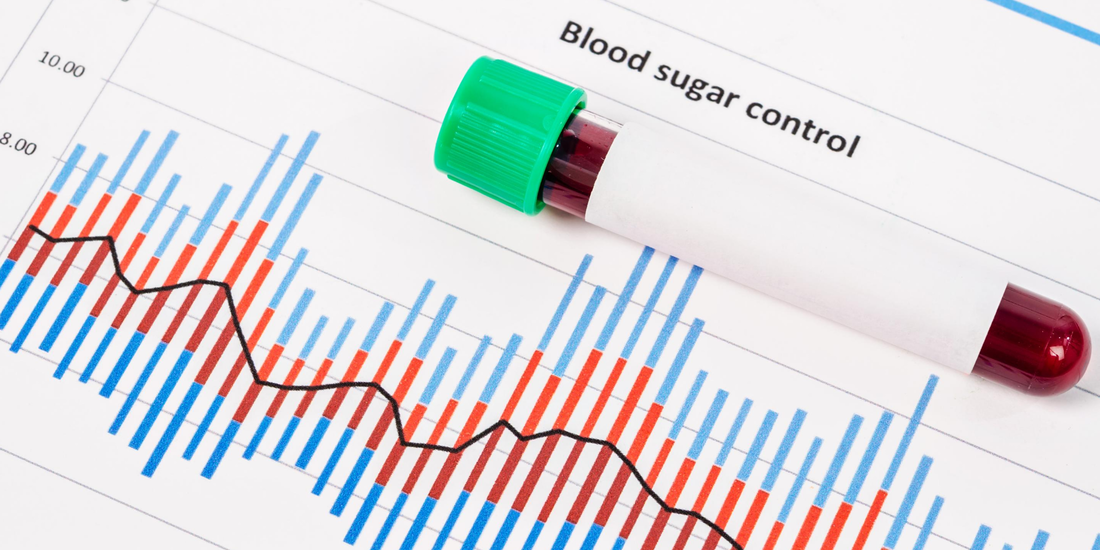
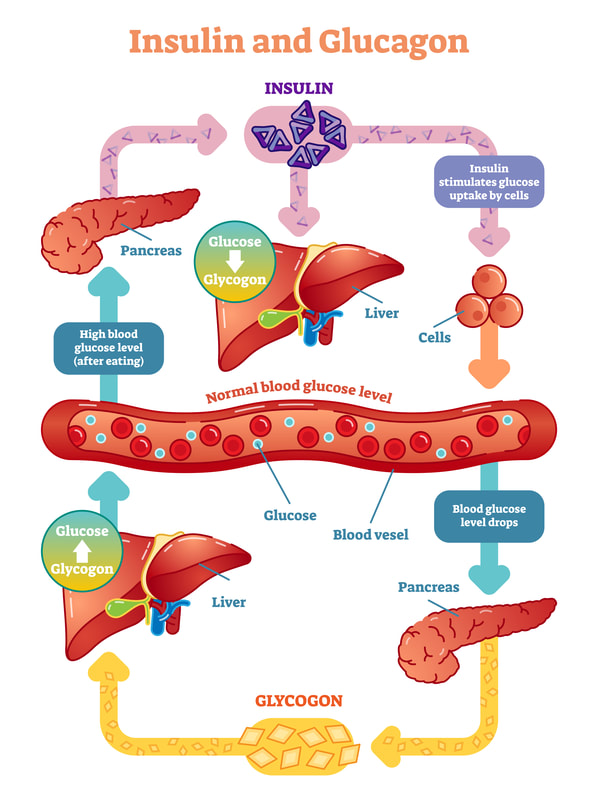
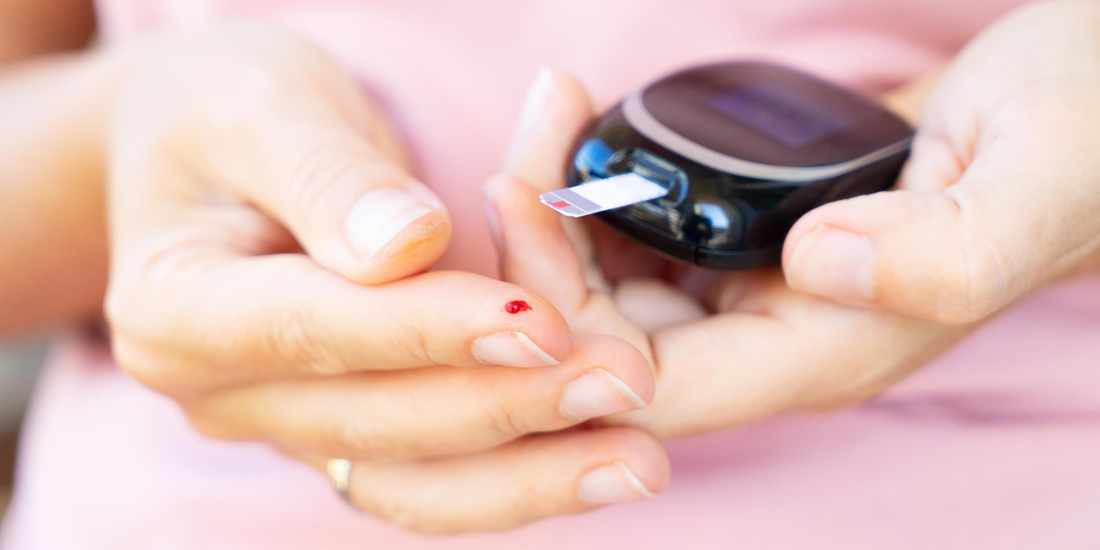

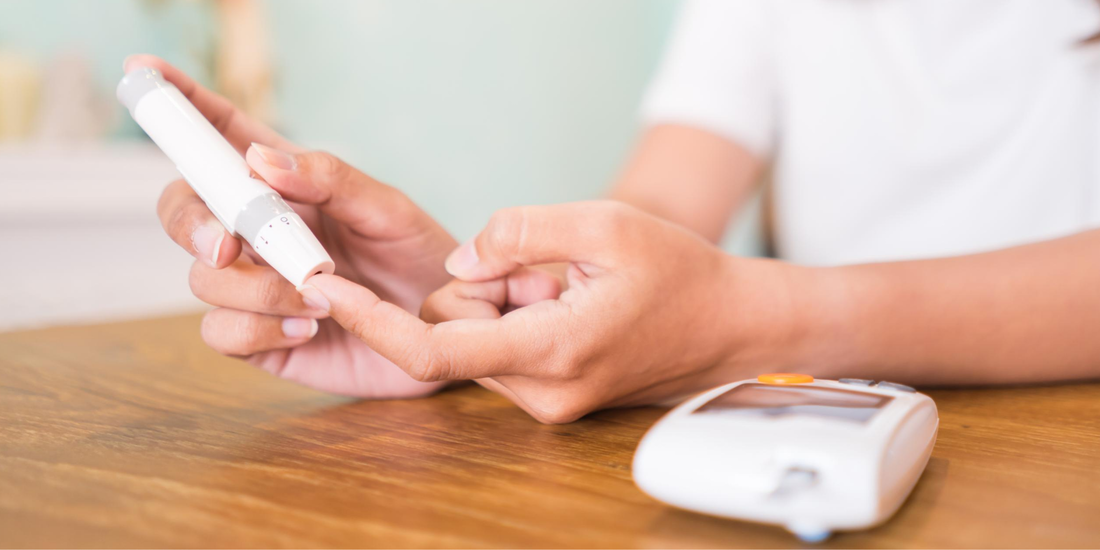

 RSS Feed
RSS Feed